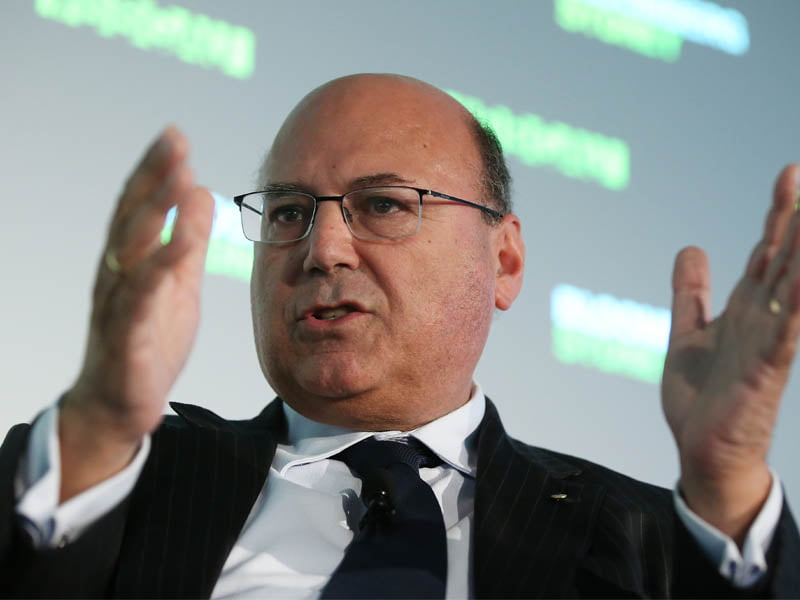The federal government has provided $15 million in funding for the creation of a “world-first analysis platform for satellite imagery”, which will assist with evidence-based decisions for the environment and in rural areas.
The 2017-18 federal budget, handed down by Treasurer Scott Morrison on Tuesday night, also saw the government commit funding to the CSIRO’s energy modelling, through $100 million for advanced manufacturing growth and partnering with a world-leading astronomy organisation.
Digital Earth Australia will be receiving $15.3 million in government funding to transform the way satellite imagery is used in Australia, making it freely available through an online platform.

The aim of this new platform is to “drive growth in agriculture and evidence-based decisions for the environment”, Minister for Resources Matthew Canavan said.
“Digital Earth Australia will transform almost three decades of existing satellite imagery of the Australian continent and coastline and make it freely available. [It] is a world-class analysis platform for satellite imagery and other Earth observations,” Mr Canavan said in a statement.
Once fully operational, the tech platform will provide new information for every 10 metre square of the Australian continent every five days, providing insights into water availability, the development of regions and cities and the productivity of agricultural land.
It will also provide uses with open data that can then be used to “test ideas and develop new capabilities to increase efficiency, bolster profits and create jobs”.
Mr Canavan said Digital Earth Australia could facilitate better decision-making in terms of cropping, pasture management or livestock, for example.
“The Australian and state and territory governments will be able to use Digital Earth Australia as an evidence base to improve the design, implementation and evaluation of policies and programs,” he said.
The government has also dished out $26.1 million to the Australian astronomy industry, allowing for a 10 year strategic partnership with the European Southern Observatory which will begin next year.
The ESO is a world-class international optical astronomy consortium based in Chile.
The partnership will give local astronomers access to the ESO’s facilities and instruments in order to “advance our understanding of the universe”, Minister for Industry, Innovation and Science Arthur Sinodinos said.
“The partnership offers Australia’s astronomers long-term access to front-line astronomical facilities, with opportunities for Australian influence and technical and scientific input, to stimulate research and industry collaboration,” Mr Sinodinos said.
“We expect benefits from the partnership will be felt beyond the research community, by creating new opportunities for Australian businesses through international contracting, collaboration and commercialisation in a range of industry sectors.”
Funding for this will in part be redirected from existing funding for the Australian Astronomical Observatory.
The budget also saw the government commit $100 million to “boost innovation, skills and employment in advanced manufacturing”, including the creation of two innovation labs in South Australia and Victoria.
To combat the departure of the car manufacturing industry in Australia, the $47.5 million Advanced Manufacturing Growth Fund will provide matched grants to South Australian and Victorian manufacturers to make themselves more competitive through “innovative process and equipment”.
The package will also see $10 million go towards the creation of the innovation labs in the same states, which will acts as test centre facilities and business capability development centres.
“These initiatives will help our manufacturing sector to embrace new technology and new ways of doing things so they can create new jobs by capturing the economic opportunities presented by new markets like Asia,” Mr Sinodinos said.
IP Australia will now be receiving $1.5 million over the next four years from the federal government, after its previous funding arrangement through the Intellectual Property Special Account ceased in April.
The CSIRO’s Energy Use Data Model, which uses data linking, analysis and modelling to improve energy market forecasting, also scored a further $13.4 million in the budget.
Announced last month, the government has also committed $7 million over the next four years to the ACCC to establish a Broadband Performance Monitoring and Reporting Program, which will collate the compared speed and reliability of the NBN.
Do you know more? Contact James Riley via Email.

